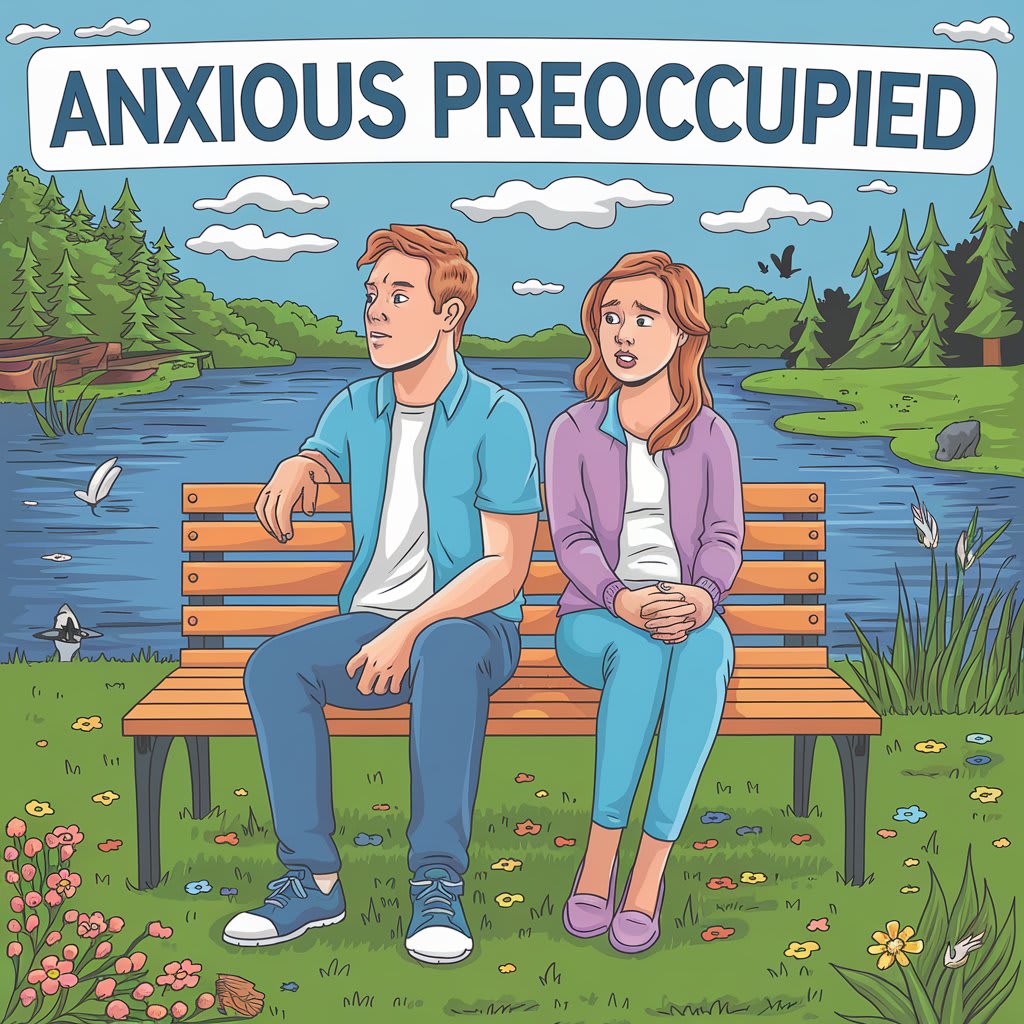Sunburn Time Calculator - uv index tools
About Sunburn Time Calculator uv index tools
Estimates the time it takes for unprotected skin to start burning in the sun based on the UV Index.
Formula:
Minutes to Burn ≈ Constant / UV Index, where the constant varies based on skin type.
Tips:
This is an estimate, and individual sunburn times can vary based on factors like altitude, cloud cover, and time of day.
Always protect your skin from the sun, even on cloudy days, as UV radiation can penetrate clouds.
Reapply sunscreen every two hours, or more often if swimming or sweating.
Fun Fact:
Snow, sand, and water can reflect UV radiation, increasing your exposure.
Related Article
Unmasking the Sun's Power: A Guide to Understanding the UV Index and Protecting Yourself
We all know the sun is essential for life, providing warmth and energy to our planet. But the sun also emits ultraviolet (UV) radiation, which can be harmful to our skin and eyes.
This guide will delve into the science behind the UV Index, a valuable tool for understanding the strength of UV radiation, and provide essential tips for protecting yourself from the sun's powerful rays.
1. What is the UV Index?
The UV Index is a standardized measurement of the strength of ultraviolet (UV) radiation from the sun at a particular place and time. It ranges from 0 (low) to 11+ (extremely high). The higher the UV Index, the stronger the sun's rays and the greater the potential for damage.
- UV Radiation: UV radiation is a type of electromagnetic radiation that is invisible to the human eye. It has shorter wavelengths than visible light and can penetrate the skin and eyes.
- Factors Affecting the UV Index:
- Time of Day: The UV Index is highest during the midday hours, typically between 10 am and 4 pm.
- Latitude: The UV Index is higher closer to the equator.
- Altitude: The UV Index increases with altitude, as there is less atmosphere to filter out the radiation.
- Cloud Cover: Clouds can reduce UV radiation, but some UV rays can still penetrate cloud cover.
- Reflection: Surfaces like snow, sand, and water reflect UV radiation, increasing exposure.
2. UV Index Categories and Health Risks
The UV Index is categorized into levels to communicate the risk of sun damage:
- 0-2 (Low): Minimal risk of harm. Wear sunglasses on bright days.
- 3-5 (Moderate): Take precautions to protect yourself. Seek shade during midday hours, wear protective clothing, and use sunscreen with an SPF of 30 or higher.
- 6-7 (High): Protection is essential. Reduce exposure between 10 am and 4 pm, wear protective clothing, and apply sunscreen generously.
- 8-10 (Very High): Take extra precautions. Minimize sun exposure, wear protective clothing, and use a broad-spectrum sunscreen with an SPF of 50 or higher.
- 11+ (Extreme): Extreme risk of harm from unprotected sun exposure. Avoid being outdoors during peak hours, and if you must be outside, seek shade and wear protective clothing and sunscreen.
Health Risks of UV Radiation:
- Sunburn: Redness, pain, and blistering of the skin.
- Premature Skin Aging: Wrinkles, age spots, and leathery skin.
- Skin Cancer: The most serious risk associated with excessive UV exposure.
- Eye Damage: Cataracts, macular degeneration, and other eye problems.
3. Protecting Yourself from UV Radiation
- Seek Shade: Stay in the shade, especially during midday hours when the UV Index is highest.
- Wear Protective Clothing: Cover up with long-sleeved shirts, pants, and a wide-brimmed hat. Choose clothing with a tight weave that blocks UV rays.
- Use Sunscreen: Apply broad-spectrum sunscreen with an SPF of 30 or higher to all exposed skin, even on cloudy days. Reapply every two hours, or more often if swimming or sweating.
- Wear Sunglasses: Choose sunglasses that block 99% to 100% of UVA and UVB rays.
- Be Aware of Reflection: Be mindful of surfaces that reflect UV radiation, such as snow, sand, and water.
- Check the UV Index Forecast: Stay informed about the UV Index forecast for your area and plan your outdoor activities accordingly.
4. The UV Index: A Guide to Sun Safety
The UV Index is a valuable tool for understanding the strength of UV radiation and the potential risks of sun exposure. By following these simple sun safety tips, you can enjoy the outdoors while protecting your skin and eyes from the harmful effects of the sun's rays!
Some related Fun Facts...
UV Index Fun Facts:
- The UV Index was developed by Environment Canada in 1992 and is now used worldwide.
- UV radiation is invisible to the human eye.
- Snow, sand, and water reflect UV radiation, increasing your exposure.
- The Earth's ozone layer absorbs most of the sun's harmful UV radiation, but the ozone layer is thinning in some areas.
- Some animals, like bees, can see ultraviolet light.
- UV radiation is used to sterilize medical equipment and water.
- You can get a vitamin D boost from sun exposure, but it's essential to balance benefits with risks.
- The higher the altitude, the stronger the UV radiation.
- UV radiation can penetrate car windows, so it's important to protect your skin even when driving.
- Paying attention to the UV Index and taking precautions can help you enjoy the sun safely.
Frequently Asked Questions
UV Index FAQ:
1. What is the UV Index? A standard measurement of the strength of ultraviolet (UV) radiation from the sun at a particular place and time.
2. What are the different levels of the UV Index? 0-2 (Low), 3-5 (Moderate), 6-7 (High), 8-10 (Very High), 11+ (Extreme).
3. What are the health risks of UV radiation? Sunburn, premature skin aging, skin cancer, eye damage (cataracts), and a weakened immune system.
4. How can I protect myself from UV radiation? Seek shade, wear protective clothing (hat, sunglasses), and use sunscreen with an SPF of 30 or higher.
5. Does the UV Index change throughout the day? Yes, it's highest during midday hours, typically between 10 a.m. and 4 p.m.
6. Can you get sunburned on a cloudy day? Yes, UV radiation can penetrate clouds. It's still essential to protect your skin on cloudy days.
7. What is SPF (Sun Protection Factor)? A measure of how well a sunscreen protects the skin from UVB radiation, the primary cause of sunburn.
8. How often should I reapply sunscreen? Every two hours, or more often if swimming or sweating.
9. What type of sunglasses are best for UV protection? Look for sunglasses that block 99-100% of UVA and UVB rays.
10. Where can I find the UV Index forecast for my area? Weather apps, websites, and local news sources often provide UV Index information.















